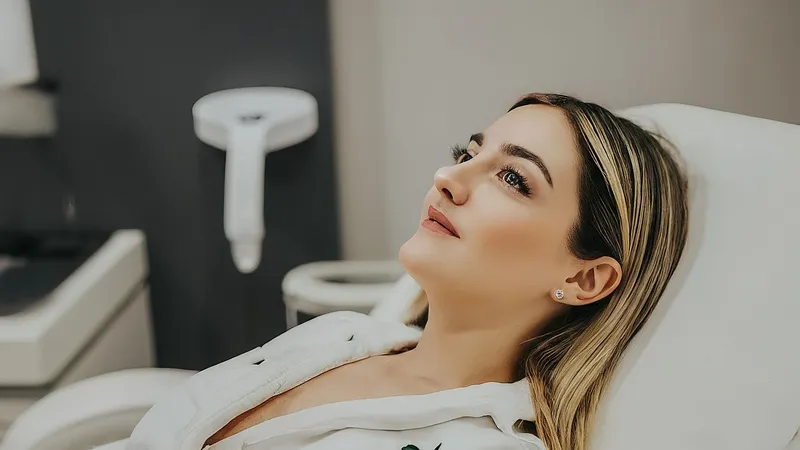Sunspots: Understanding, Treating, and Preventing Skin Discoloration
Discover everything you need to know about sunspots and skin discoloration, including causes, symptoms, treatments, and preventive measures for healthy, radiant skin.
What are Sunspots and Skin Discoloration?
Sunspots, also known as solar lentigines, are flat, brown spots that appear on areas of the skin frequently exposed to the sun. These spots are a type of skin discoloration and are commonly found on the face, hands, shoulders, and arms. Skin discoloration can also manifest as melasma, which is characterized by brown or gray patches on the skin. Understanding the nature of sunspots and skin discoloration is crucial for effective treatment and prevention.

Causes of Sunspots and Skin Discoloration
Sunspots and skin discoloration are primarily caused by prolonged exposure to ultraviolet (UV) rays from the sun. UV radiation accelerates the production of melanin, the pigment responsible for skin color, leading to the formation of sunspots. Other factors contributing to skin discoloration include hormonal changes, certain medications, and genetic predisposition. Understanding these causes can help in developing effective preventive measures.

Symptoms and Identification of Sunspots
Sunspots are typically identified by their flat, round, or oval shape and their brown or black color. They are usually painless and do not cause any physical discomfort. However, their appearance can be a cosmetic concern for many individuals. Identifying sunspots early can help in seeking timely treatment and preventing further skin damage.
Treatment Options for Sunspots
There are several treatment options available for sunspots, including topical creams, chemical peels, laser therapy, and cryotherapy. Topical creams containing ingredients like hydroquinone, retinoids, and vitamin C can help lighten sunspots over time. Chemical peels and laser therapy are more intensive treatments that can provide quicker results. Cryotherapy involves freezing the sunspots with liquid nitrogen to remove them. Consulting with a dermatologist can help determine the best treatment option based on individual skin type and condition.
Preventive Measures for Sunspots
Preventing sunspots involves protecting the skin from excessive sun exposure. This can be achieved by wearing broad-spectrum sunscreen with an SPF of 30 or higher, seeking shade during peak sun hours, and wearing protective clothing such as hats and sunglasses. Additionally, avoiding tanning beds and using skincare products with antioxidants can help protect the skin from UV damage and prevent the formation of sunspots.
Skincare Routine for Sunspot Prevention
Incorporating a proper skincare routine can significantly reduce the risk of developing sunspots. This routine should include cleansing, moisturizing, and applying sunscreen daily. Using products with ingredients like niacinamide, vitamin C, and hyaluronic acid can help maintain healthy skin and prevent discoloration. Regular exfoliation can also help remove dead skin cells and promote the regeneration of new, healthy skin. Consulting with a skincare professional can provide personalized recommendations for an effective skincare routine.